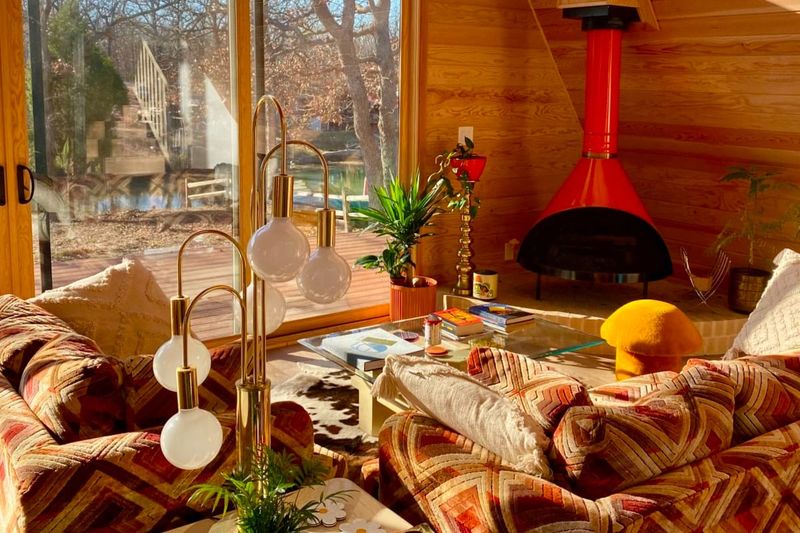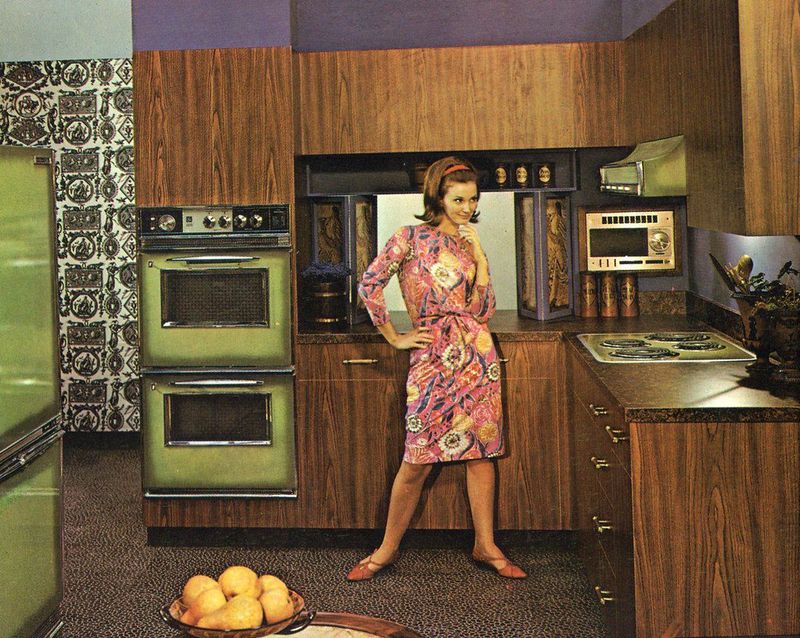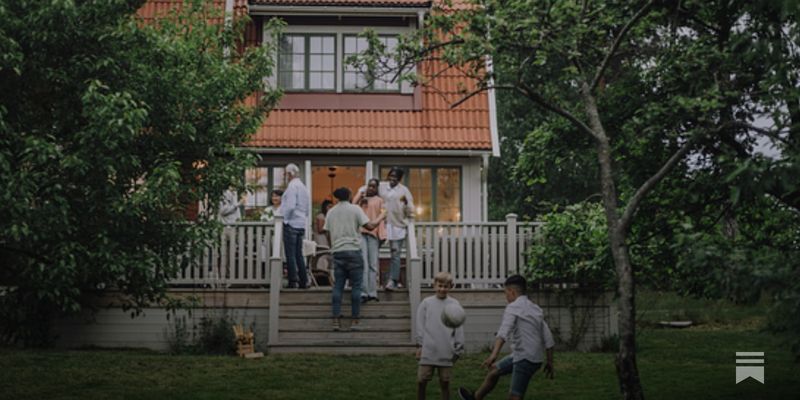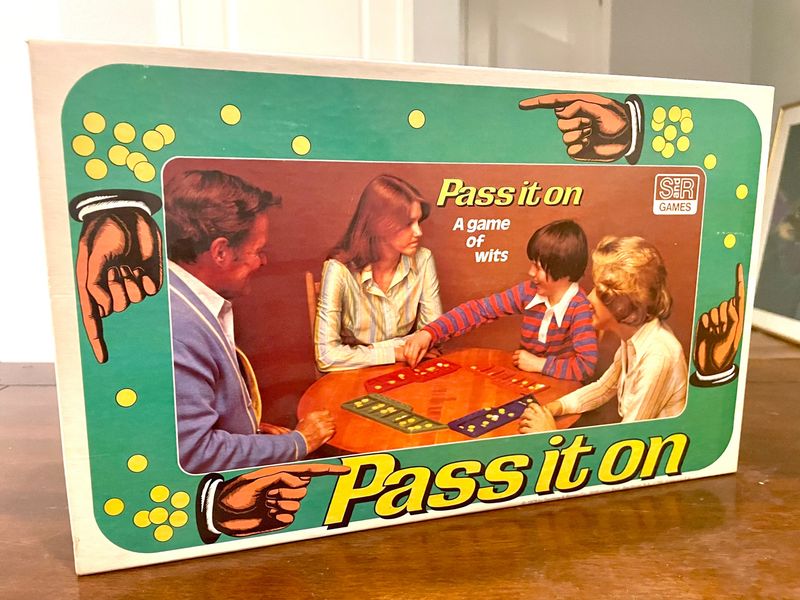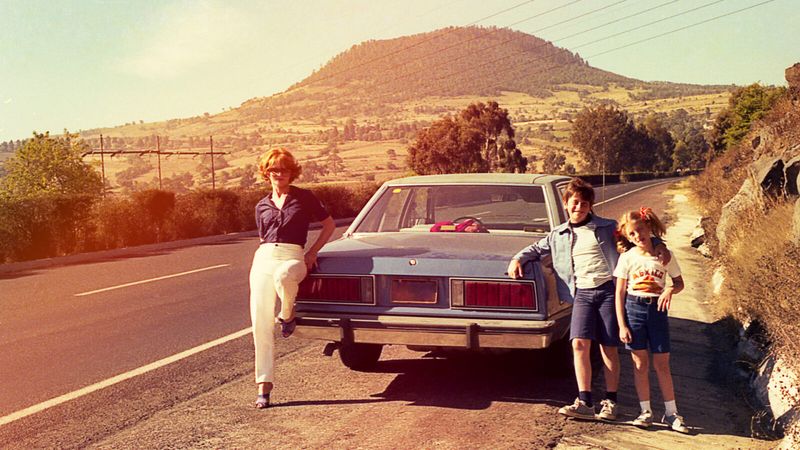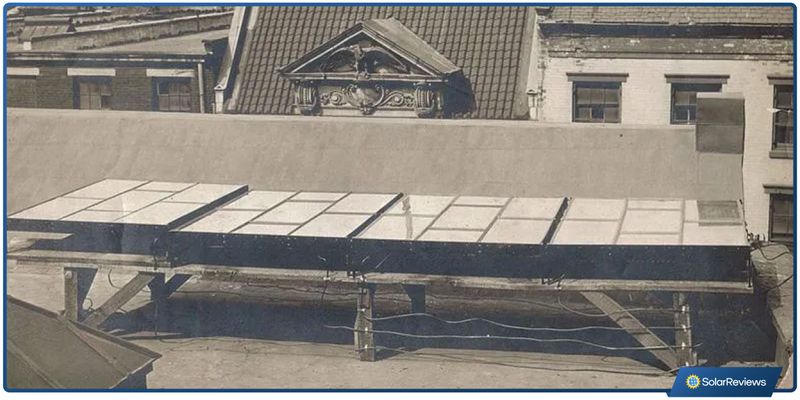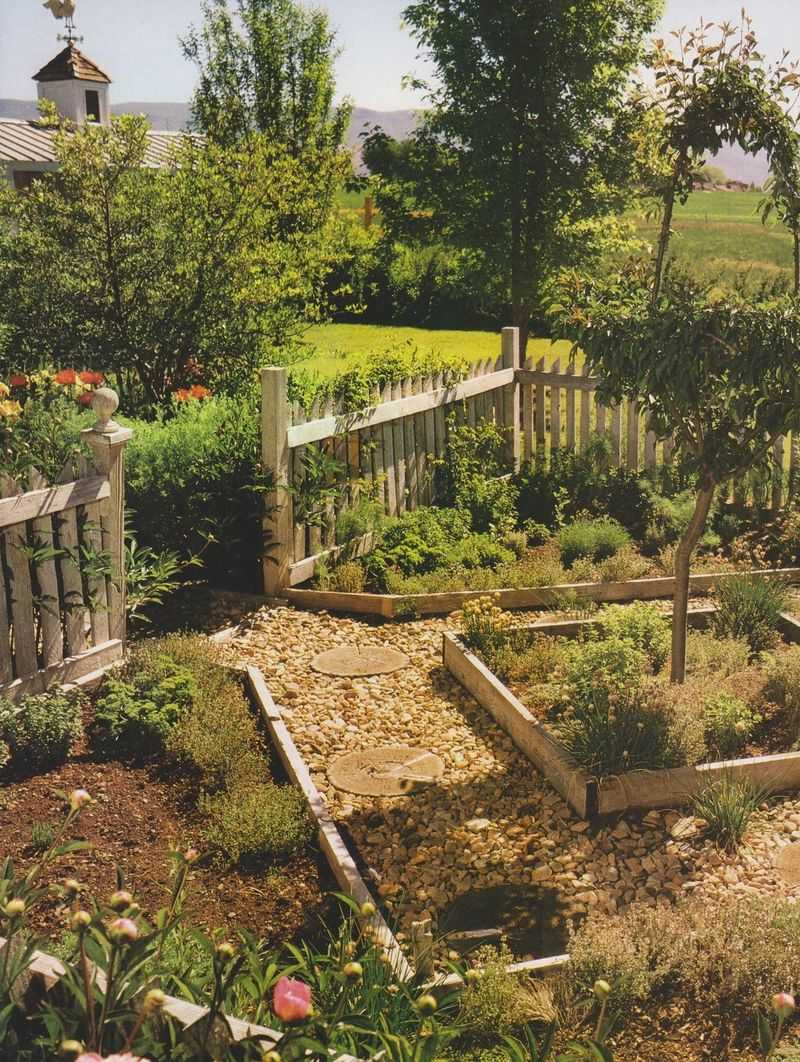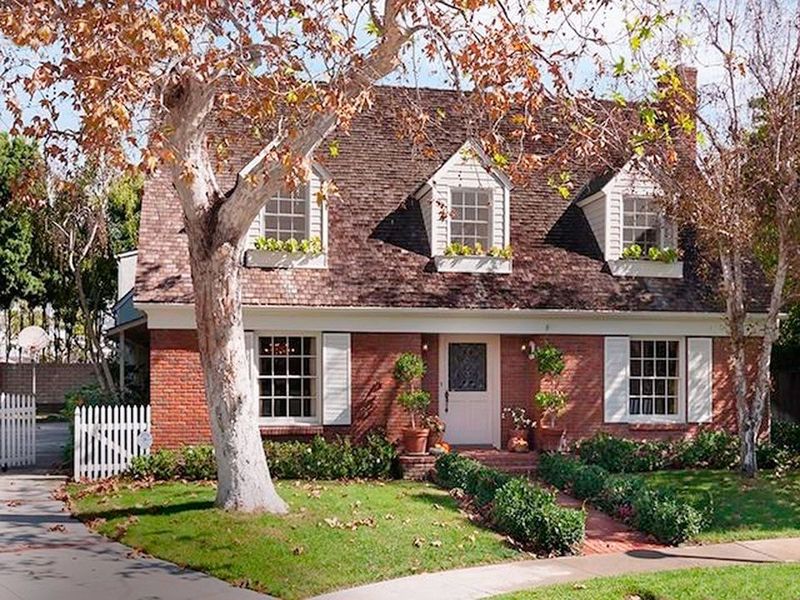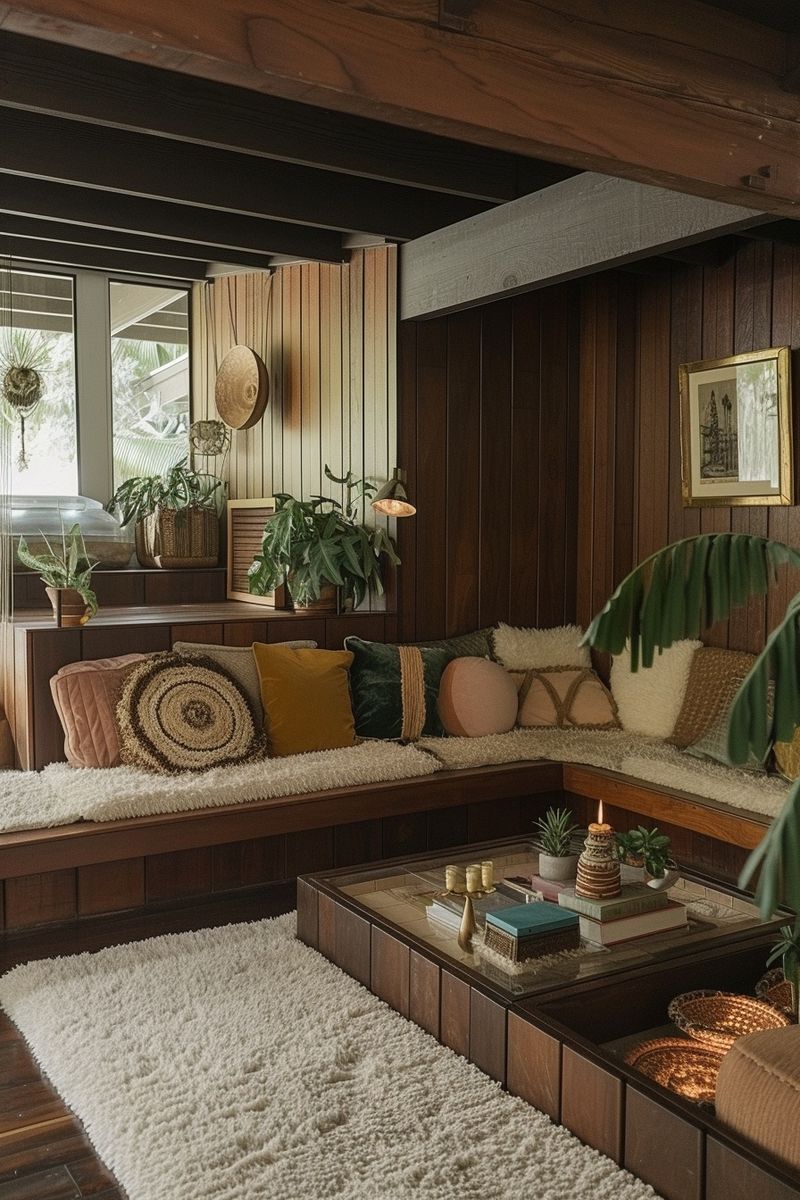In an era before smartphones, tablets, and smart home gadgets, the 1970s offered a lifestyle that may seem uncomplicated by today’s standards. Although technology has advanced significantly, the homes of the 70s operated efficiently without the digital conveniences we rely on now. This blog post delves into the reasons why 70s homes thrived without the need for smart technology.
Simple Home Designs
In the 1970s, home designs were relatively straightforward, focusing on practicality and comfort. The architecture emphasized open floor plans, which allowed for natural light to flow seamlessly through the spaces. This setup negated the need for smart lighting controls.
Additionally, colorful and durable materials were used, which did not require digital management for aesthetics. The simplicity of retro design meant fewer electrical appliances and gadgets, reducing the necessity for smart home integration.
With minimalistic needs, the homes of the 70s stood as a testament to uncomplicated living.
Efficient Manual Appliances
Manual appliances of the 70s were built to last, with a focus on mechanical efficiency rather than digital enhancements. Devices like rotary phones, hand-crank mixers, and manual typewriters served their purpose without needing smart updates.
These appliances required little maintenance, as they were designed with robust materials. Additionally, their functionality didn’t rely on software updates or internet connections, making them reliable and straightforward.
This meant homeowners could easily maintain and repair these appliances themselves, fostering a sense of independence in household management.
Community Engagement
The 70s emphasized strong community ties, encouraging face-to-face interactions and neighborhood engagement. Without the distraction of digital screens, families spent more time outdoors, participating in local events and gatherings.
People relied on each other for news, entertainment, and social interaction, creating a strong support network. This diminished the necessity for smart communication devices and social media.
The focus on community life contributed to a sense of belonging and reduced the need for technology to connect people, as physical presence was more valued.
Hands-On Entertainment
Families in the 70s found entertainment through hands-on activities like board games, card games, and listening to vinyl records. These activities required no digital intervention, promoting quality family time.
Television, though present, offered limited channels, encouraging families to engage in more interactive forms of entertainment. The lack of streaming services or smart TVs made evenings more personal and less screen-focused.
This approach fostered communication and creativity, making smart entertainment systems unnecessary for family bonding.
Reliable Transportation
Cars from the 1970s were engineered with simplicity and mechanical reliability in mind. Features like manual transmissions and carbureted engines meant fewer electronic components that could fail.
Unlike today’s smart cars, these vehicles didn’t rely on complex computer systems, making them easier to repair and maintain. This simplicity reduced the need for digital diagnostics and smart navigation systems.
Owners often performed basic maintenance themselves, enhancing their understanding of the vehicle and fostering a practical skill set.
Energy Efficiency
The energy crisis of the 1970s pushed homeowners to be more energy-conscious, leading to the adoption of practices that didn’t depend on smart technology. Solar panels began to appear, and wind turbines were experimented with.
These eco-friendly measures were implemented manually, with simple controls and monitoring, avoiding the need for smart energy management systems. Homeowners learned to reduce consumption through better insulation and energy-saving habits.
This foresight in energy efficiency showcased an early understanding of sustainability without reliance on digital solutions.
Self-Sufficiency
In the 70s, there was a strong emphasis on self-sufficiency. Many families cultivated their own gardens, growing fruits and vegetables to supplement their diets without relying on smart irrigation systems.
This hands-on approach to gardening and food production fostered a connection with nature and promoted healthy eating habits. Cooking from scratch was common, with people relying on family recipes rather than digital cooking aids.
Such practices enhanced resourcefulness and reduced dependency on technology for everyday living.
Durable Construction Materials
Homes built in the 70s often used durable materials like brick, wood, and stone, which provided longevity and required less maintenance. This negated the need for smart home monitoring systems to detect wear and tear.
The craftsmanship was focused on quality and resilience, ensuring that homes could withstand various environmental conditions without technological assistance.
This emphasis on durability meant homeowners could enjoy their living spaces without the constant need for upgrades or digital interventions.
Minimalist Lifestyle
The minimalist lifestyle of the 70s promoted a decluttered environment, focusing on essential items and simple living. This approach reduced the need for smart storage solutions and digital organization tools.
Homes were designed with open spaces and minimal furnishings, which encouraged more meaningful interactions within the household.
By embracing simplicity, families found contentment without the distractions of digital gadgets, leading to a more harmonious living experience.
Analog Skills
Skills like knitting, woodworking, and writing were prevalent in the 70s, with people engaging in hobbies that required no digital tools. This hands-on creativity fostered a sense of accomplishment and self-expression.
These analog skills didn’t rely on smart technology, allowing individuals to hone their craft without digital distractions. The satisfaction of creating something tangible was a fulfilling experience.
Such activities provided mental stimulation and relaxation, offering a break from the fast-paced digital world we know today.

